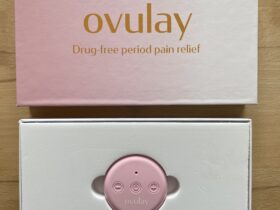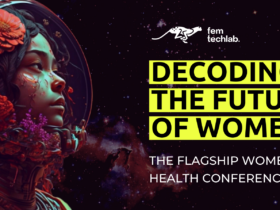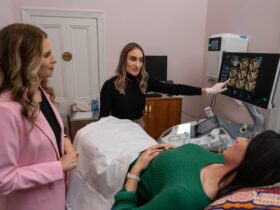Why is it that migraines that predominantly affects women receive only 10 percent of research funding relative to the burden they impose, while prostate cancer receives funding that aligns with its burden?
This inequality is highlighted in the “Women’s Health Innovation Opportunity Map 2023,” sponsored by the Bill & Melinda Gates Foundation and the US National Institutes of Health.
Inspiration
The report underscores the disproportionately low allocation of research and development (R&D) funds towards women’s health compared to the actual burden it presents. This must change, is the key message.
It urges stakeholders across the research and development ecosystem to take inspiration from the opportunities outlined in the report to drive innovations for women’s health.
Innovation
The report outlines 50 opportunities across 10 areas aimed at advancing women’s health through research and development.
One key focus is on strengthening innovation in the following five domains:
- Create robust and ongoing data repositories to catalyze women’s health product development and accelerate the successful introduction of these products into new markets.
- Establish centralized innovation hubs specifically focused on the design and commercialization of solutions for women’s health and well-being.
- Improve pathways to market for women’s health solutions by accelerating commercialization, regulatory review, reimbursement, and access.
- Create new pathways to fund innovation.
- Support market shaping approaches that
enable suppliers to develop innovations accessible in LMIC settings (low and middle income countries) by incentivizing payors and market entry and addressing demand and scale issues.
Keep track of your endometriosis with femtech
New perspective
The report concludes that despite some efforts to bridge gaps in women’s health innovation, such as improving sex and gender-based training and tailored medical approaches, there lacks a global agenda that unifies these initiatives across various sectors.













Leave a Reply